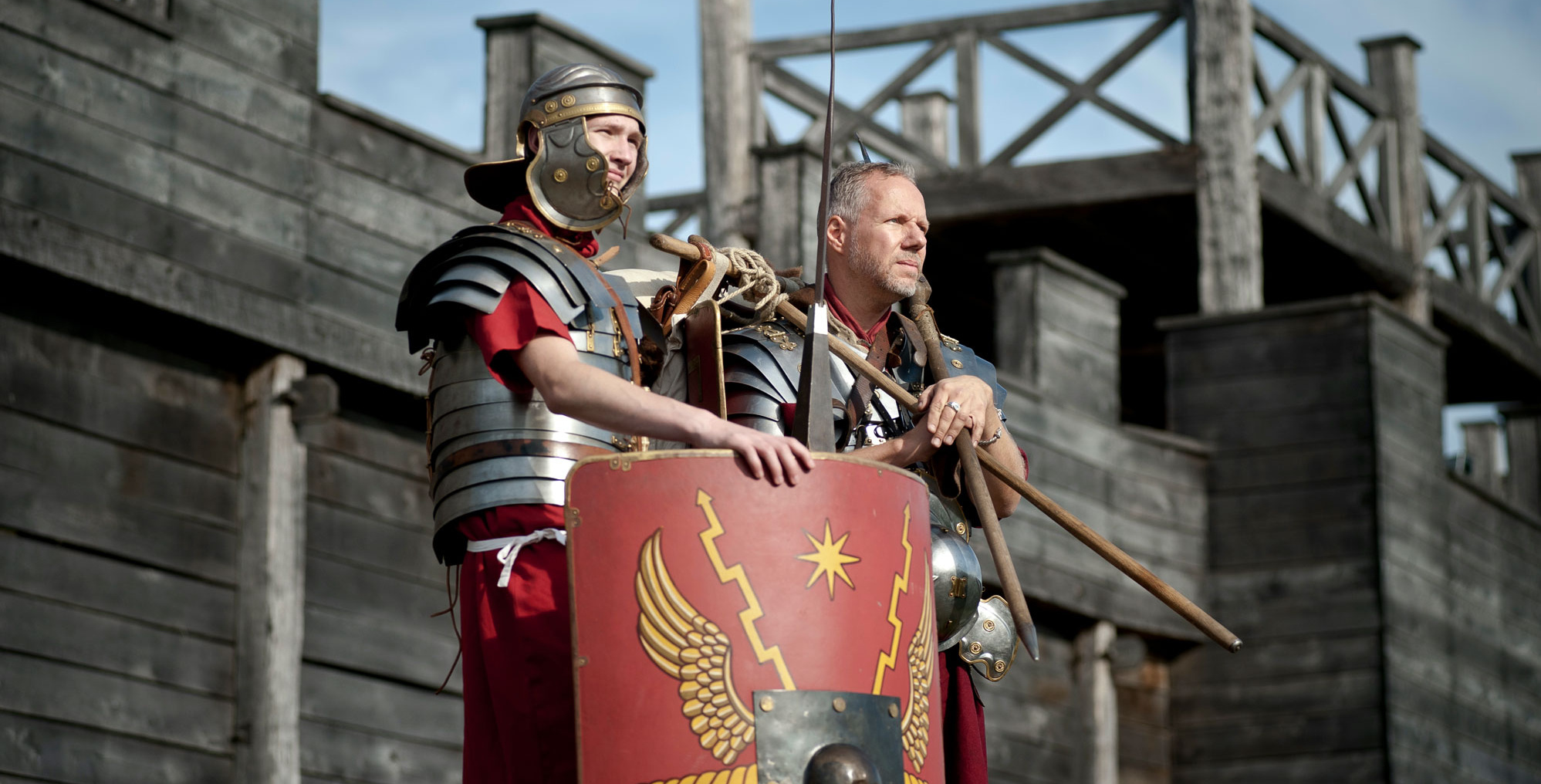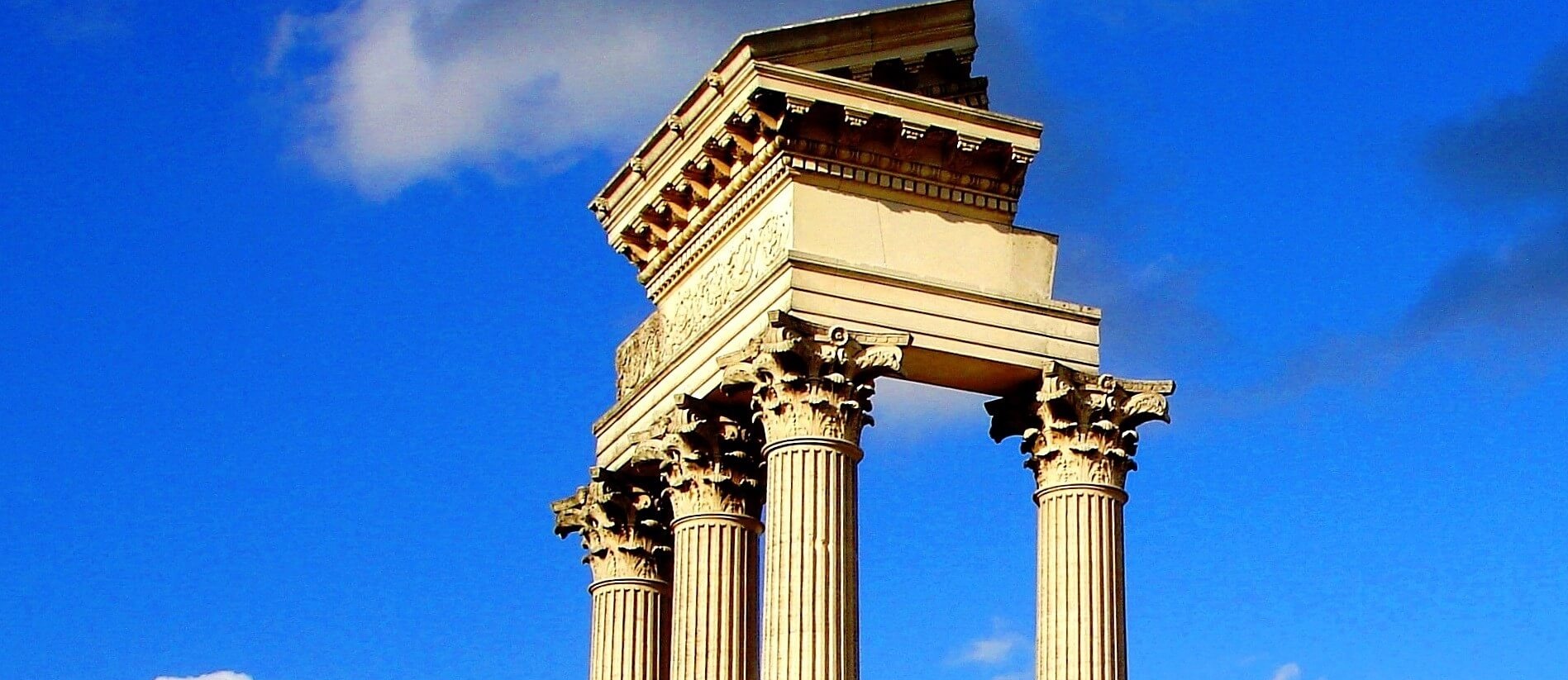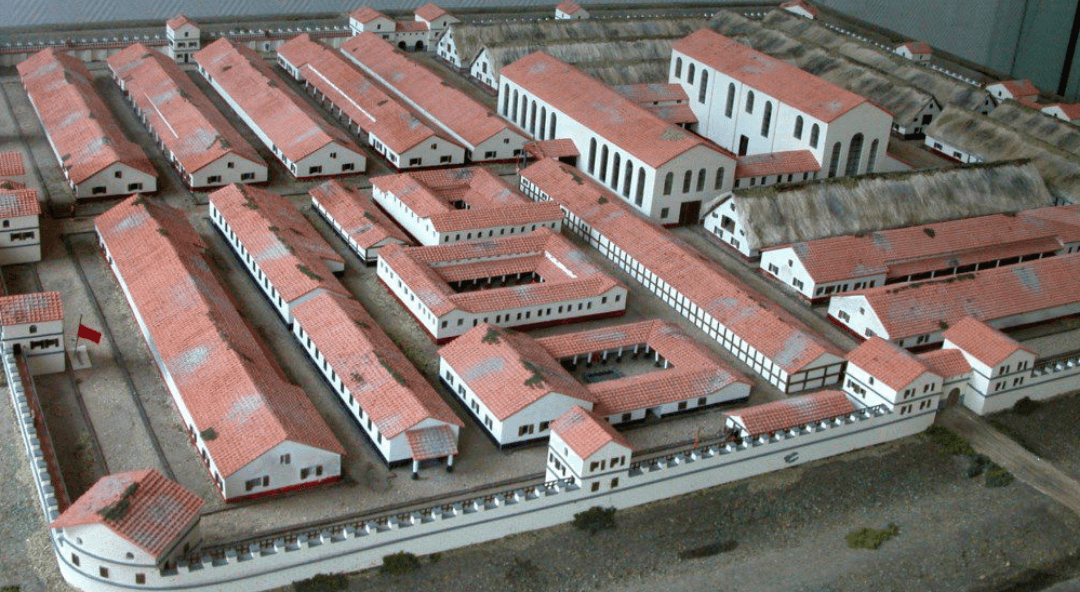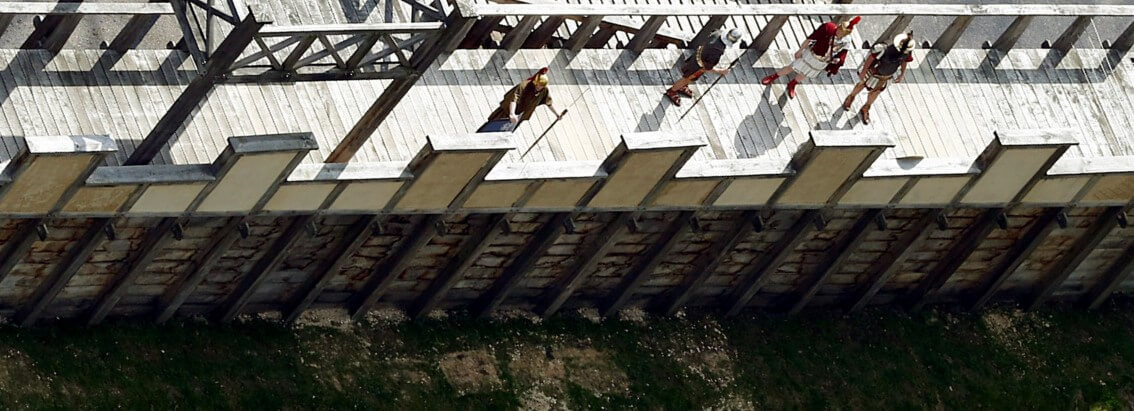Explore the
Romans
Whether through towns, streets or buildings - the Romans left their mark on North Rhine-Westphalia for almost 500 years. This is still visible almost everywhere today.
At roemer.nrw you will find everything about life in the Roman era in North Rhine-Westphalia.
Discover exciting archaeological sites, museums and discoveries - and perhaps you will see your own town in a whole new light!
We look forward to receiving your tips and photos to
roemer [at] mhkbd.nrw.de (roemer[at]mhkbd[dot]nrw[dot]de) !
Starting out as a small city state, Rome became a world empire in the course of just under 700 years. But how did the Romans manage to become so powerful? And how come we not all Romans today?
What do cherries, the flush toilet, concrete and underfloor heating have in common? All these amenities were the export success stories of an old advanced civilisation - "ancient Rome". Roman legionaries, merchants, craftsmen, traders and settlers brought numerous innovations to the banks of the Rhine. Did all the locals appreciate this?
The Limes was the border of the Roman Empire. At the time of its greatest expansion, it ran through an area today covered by more than 20 countries and had a total length of 7,500 kilometres. Depending on local conditions, the various sections of the Limes looked quite different from one another.
In the North, large parts of the Limes ran along the Rhine, Main and Danube rivers. It was a wet frontier protected by a chain of forts and legionnaire encampments. In what is today Germany, there were sections of the Lower Germanic Limes, the Upper Germanic-Rhaetian Limes and parts of the Danube Limes.



